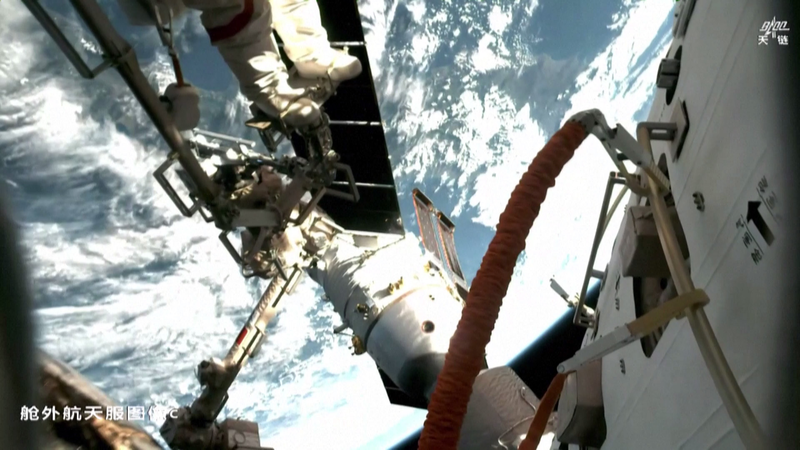On Friday, November 14, 2025, the Shenzhou-21 return capsule touched down, marking the ninth haul of samples from the China Space Station. Weighing in at about 46.67 kg, this treasure trove includes specimens from 26 experiments across life sciences, materials research and combustion studies.
Biologists are buzzing 🐭: Four mice just back from orbit are undergoing on-the-spot tests. Researchers are tracking their behavior and biomarkers to decode the effects of microgravity. Other living samples—zebrafish 🐟, hornwort, planarians and even brain organoids—will get the star treatment under sequencing machines 🔬 to reveal key changes in gene expression.
Over in materials labs, scientists have their eyes on exotic alloys and crystals. Everything from tungsten-hafnium blends to soft magnetic materials and relaxor ferroelectric single crystals will be sliced and diced under powerful microscopes. By mapping microstructures and chemical distributions, they aim to learn how gravity—or the lack of it—influences material growth and performance. The goal? Crafting next-gen protective solar cells, radiation-resistant optical fibers and even paving the way for lunar infrastructure 🚀.
Combustion geeks aren't left behind: Burners, soot plates and covers from space landed in Beijing early Saturday, November 15. Teams will dive into flame-synthesized nanomaterials and soot particle formation to push the boundaries of fire safety in space and functional nanocarbon production.
This deep-dive into space-born science is more than just cool experiments—it's a stepping stone toward future moon missions, with theoretical and technical support for satellite communications and lunar exploration already taking shape 💫.
Reference(s):
China begins analysis of space lab samples to forge path to the moon
cgtn.com




